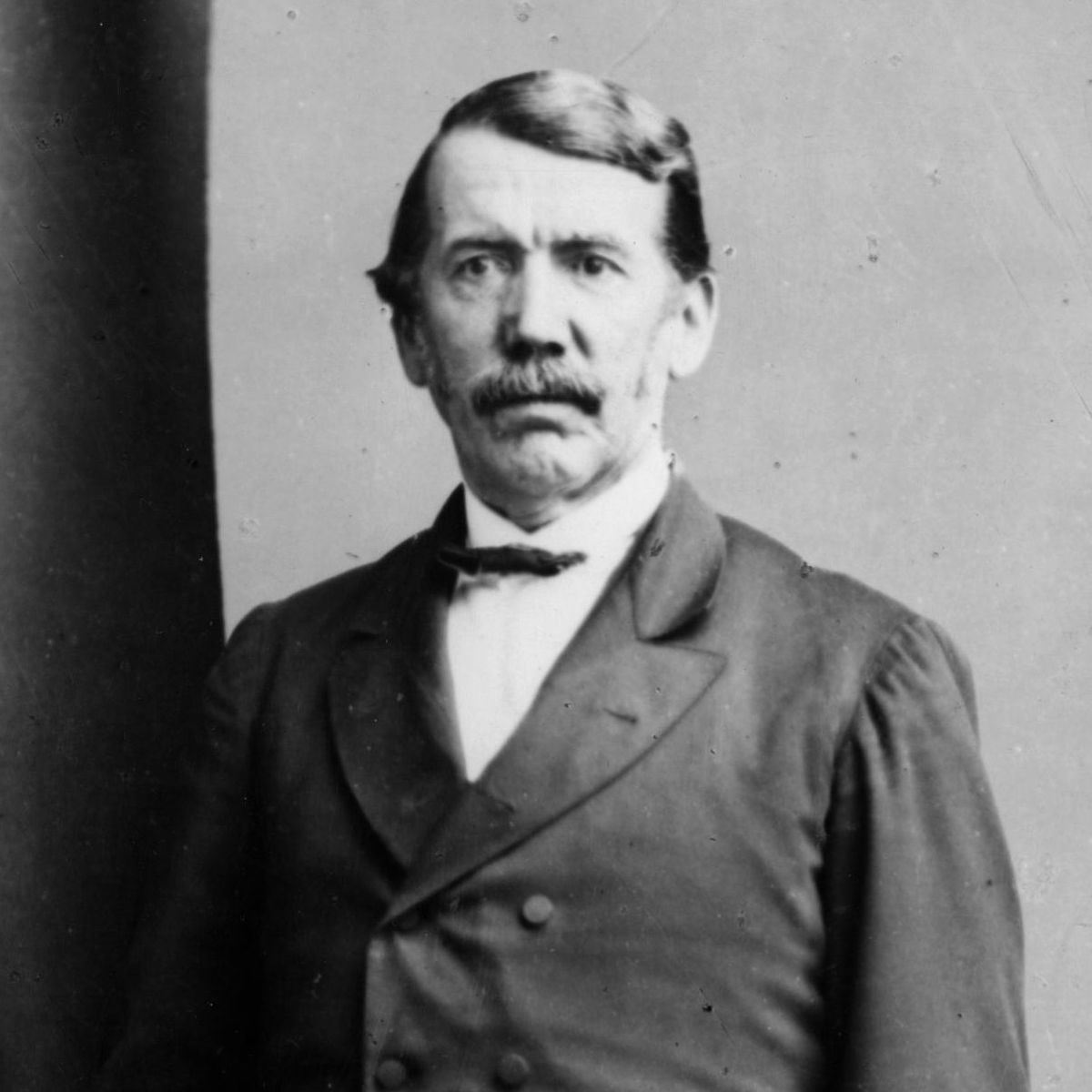You are viewing the article David Livingstone at Lassho.edu.vn you can quickly access the necessary information in the table of contents of the article below.

(1813-1873)
Who Was David Livingstone?
David Livingstone pursued training in medicine and missionary work before moving to Africa in 1841. He crossed the continent from east to west and would ultimately come across many bodies of water previously uncharted by Europeans, including the Zambezi River and Victoria Falls. He was a staunch abolitionist after witnessing the horrors of the African slave trade, and returned to the region twice after his initial voyage.
Early Life and Training
David Livingstone was born on March 19, 1813, in Blantyre, South Lanarkshire, Scotland, and grew up with several siblings in a single tenement room. He started working at a cotton mill company as a child and would follow his long work schedule with schooling during evenings and weekends. He eventually studied medicine in Glasgow before going on to train with the London Missionary Society for a year. He completed his medical studies at various institutions in 1840 in London, England.
Explorations of Africa
In the official role of a “medical missionary,” he set forth to Africa, arriving in Cape Town, South Africa in March 1841. A few years later, he married Mary Moffat; the couple would have several children.
Livingstone eventually made his way north and set out to trek across the Kalahari Desert. In 1849, he came upon Lake Ngami and, in 1851, the Zambezi River. Over the years, Livingstone continued his explorations, reaching the western coastal region of Luanda in 1853. In 1855, he came across another famous body of water, the Zambezi falls, called by native populations “Smoke That Thunders” and which Livingstone dubbed Victoria Falls, after Queen Victoria.
By 1856, Livingstone had gone across the continent from west to east, arriving at the coastal region of Quelimane in what is present-day Mozambique.
Celebrated in Europe
Upon his return to England, Livingstone received accolades and, in 1857, published Missionary Travels and Researches in South Africa. The following year, Livingstone was appointed by British authorities to lead an expedition that would navigate the Zambezi. The expedition did not fare well, with squabbling among the crew and the original boat having to be abandoned. Other bodies of water were discovered, though Livingstone’s wife, Mary, would perish from fever upon returning to Africa in 1862.
Livingstone returned to England again in 1864, speaking out against slavery, and the following year, published Narrative of an Expedition to the Zambesi and Its Tributaries. In this book, Livingstone also wrote about his use of quinine as a malarial remedy and theorized about the connection between malaria and mosquitoes.
Final Years and Death
Livingstone undertook another expedition to Africa, landing at Zanzibar in early 1866 and going on to find more bodies of water, with the hope of locating the source of the Nile River. He eventually ended up in the village of Nyangwe, where he witnessed a devastating massacre where Arabic slave traders killed hundreds of people.
With the explorer thought to be lost, a transatlantic venture was developed by the London Daily Telegraph and New York Herald, and journalist Henry Stanley was sent to Africa to find Livingstone. Stanley located the physician in Ujiji in late 1871, and upon seeing him, uttered the now-well-known words, “Dr. Livingstone, I presume?”
Livingstone chose to stay, and he and Stanley parted ways in 1872. Livingstone died from dysentery and malaria on May 1, 1873, at the age of 60, in Chief Chitambo’s Village, near Lake Bangweulu, North Rhodesia (now Zambia). His body was eventually transported to and buried at Westminster Abbey.
Legacy and Related Scholarship
Livingstone has been positioned as a staunch abolitionist who believed in the dignity of Africans, the viability of commercial enterprises for the continent and the imposition of Christianity, despite Indigenous spiritual beliefs. His findings contained hitherto unknown details about the continent that led to European nations seizing African land in imperialistic zeal, which some speculate Livingstone would have opposed.
A copy of Livingstone’s 1871 diary entries can be found at the website of the David Livingstone Spectral Imaging Project, which chronicles his time in Nyangwe and sheds light on his place as a complex historical figure.
QUICK FACTS
- Name: David Livingstone
- Birth Year: 1813
- Birth date: March 19, 1813
- Birth City: Blantyre, South Lanarkshire
- Birth Country: Scotland
- Gender: Male
- Best Known For: David Livingstone was a Scottish missionary, abolitionist and physician known for his explorations of Africa, having crossed the continent during the mid-19th century.
- Industries
- Christianity
- Science and Medicine
- Astrological Sign: Pisces
- Schools
- London Missionary Society
- Nacionalities
- Scot (Scotland)
- Death Year: 1873
- Death date: May 1, 1873
- Death City: Chief Chitambo’s Village (formerly North Rhodesia)
- Death Country: Zambia
Fact Check
We strive for accuracy and fairness.If you see something that doesn’t look right,contact us!
CITATION INFORMATION
- Article Title: David Livingstone Biography
- Author: Biography.com Editors
- Website Name: The Biography.com website
- Url: https://www.biography.com/history-culture/david-livingstone
- Access Date:
- Publisher: A&E; Television Networks
- Last Updated: May 27, 2021
- Original Published Date: April 2, 2014
Thank you for reading this post David Livingstone at Lassho.edu.vn You can comment, see more related articles below and hope to help you with interesting information.
Related Search:
